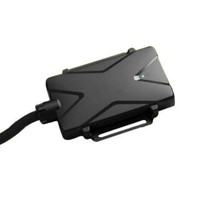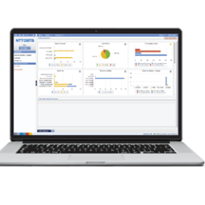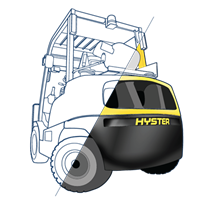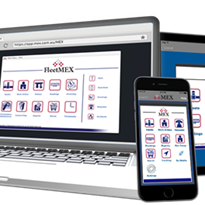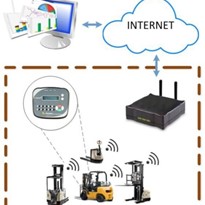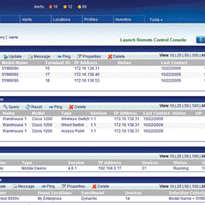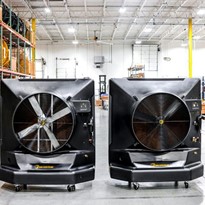There are plenty of simple, small things you can do to improve forklift safety in your facility. These include keeping the floor clean, installing mirrors at the ends of your aisles and prominently displaying safety posters.
We have identified four best practices within companies that take forklift safety to the next level. They are:
1. Operator and Pedestrian Training – When we say training, we mean true training. A one-day class and a 10-minute hands-on review will not suffice if your goal is to make your forklift fleet a truly safe one. In addition to initial training and refresher training, you must be sure you re-train staff any time you introduce a different piece of equipment, if an operator is re-assigned or if your operation or facility undergoes any significant changes. In addition to operator training, you should ensure the safety of all your employees and guests by providing training to every employee about how forklifts operate, the inherent dangers of being around them and how to conduct themselves in a facility with this equipment.
2. Utilize available safety equipment – Ensuring that all your forklifts and facility is equipped with up-to-date and working safety functions will go a long way in creating awareness of the presence of forklifts. Back-up alarms, horns, lights (front and rear combo) and strobes are the hallmarks of forklifts that are easily seen and heard. In addition, be sure to ask your forklift provider about available optional safety equipment including blue spot safety light and red safety zone halo light.
3. Safe Handling and Storage of Fuel – Fuel changing stations are often some of the most dangerous locations in your facility. Forklift batteries are very heavy, produce acid and can be very hazardous if not handled within manufacturers’ recommendations. In addition, be sure that your battery changing area is staged properly for safe handling of batteries. Work with your battery and charger provider to ensure you’re providing safe charging and changing methods for your employees. If your forklifts use LPG, petrol or diesel fuel be sure the area is clearly marked and set up properly with the right equipment to refuel them safely. Making sure that all the right equipment and safety measures are readily available and ensuring that your employees are trained to use them, will mitigate damages in the event of an accident.
4. Regular Inspections – We recommend two types of inspections. The first, as required by Regulators, are daily inspections and are a must for any company. Your operators must be trained to perform accurate and thorough inspections of both Internal Combustion (IC) forklifts, electric forklifts, and any other type of lifting equipment you operate. Damage from previous operations can occur without the operator knowing it, and failure of major components can lead to serious injury, product loss and facility damage. In addition, putting your forklift fleet on a regular service cycle or Planned Maintenance Program, performed by forklift professionals. This is the key to achieving maximum safety, up-time and productivity.
Forklift safety is no accident. Taking these measures puts you on the path to creating a safe and productive work environment for your employees. An investment in safety and productivity adds to your company’s long-term bottom line and benefits those who operate on and around forklifts.





